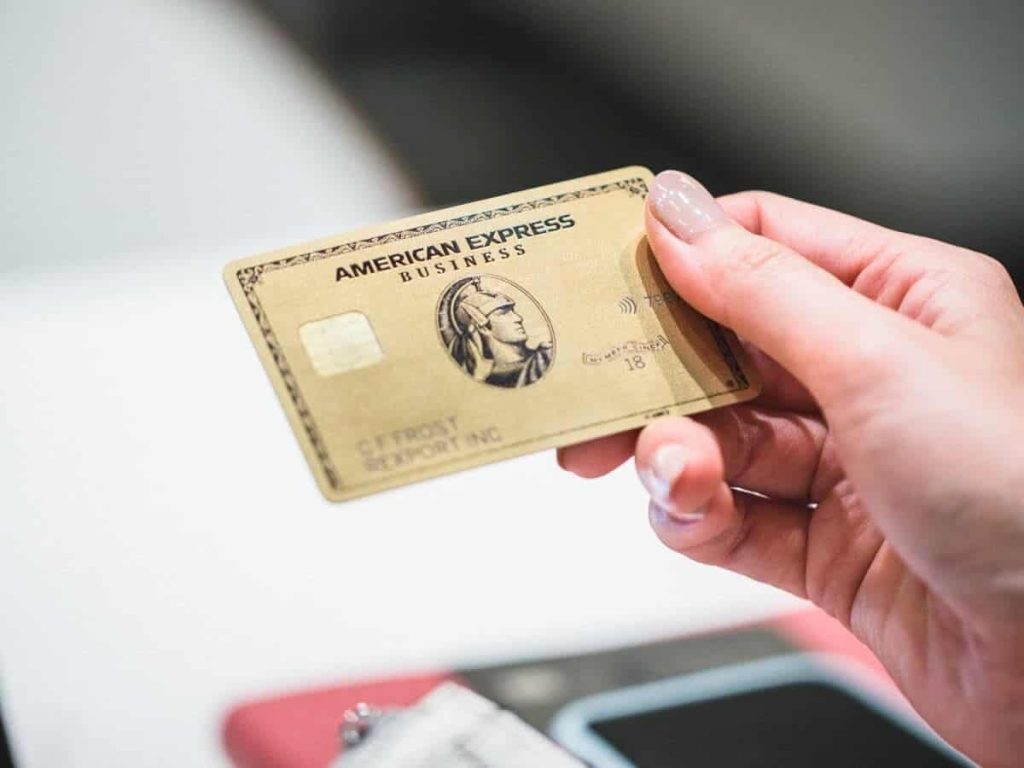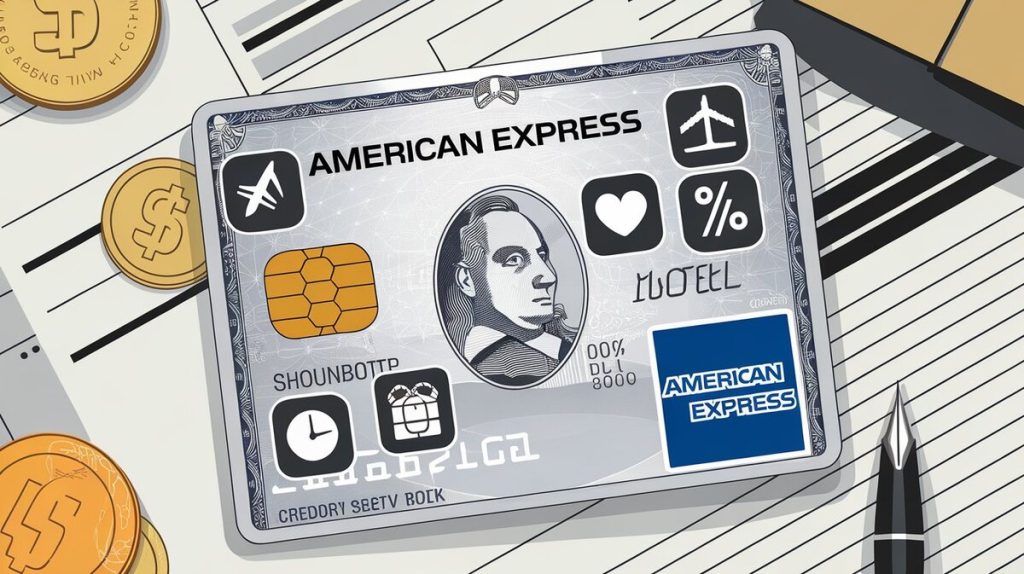Introduction
Chargeback reason codes are critical identifiers that help merchants understand why a transaction has been disputed by a cardholder. For those accepting American Express, these codes are essential for resolving disputes and preventing future chargebacks. This article provides a focused examination of American Express chargeback reason codes and offers practical advice on handling and preventing disputes.
What Are Chargeback Reason Codes?
Chargeback reason codes are alphanumeric identifiers used by American Express to specify the reason behind a cardholder’s dispute. These codes are categorized into:
- Fraud (e.g., F24: No Cardmember Authorization)
- Authorization errors (e.g., A01: Charge Amount Exceeds Authorization)
- Processing errors (e.g., P01: Unassigned Card Number)
- Consumer disputes (e.g., C02: Credit Not Processed)
Understanding these categories enables merchants to address specific issues efficiently and mitigate risks associated with chargebacks.

Breakdown of American Express Chargeback Reason Codes
This section covers key American Express chargeback reason codes, categorized for clarity.
- Fraud-Related Codes Fraud-related chargebacks are common and costly. Here are the most frequent fraud-related codes:
- F24: No Cardmember Authorization
The cardholder claims they didn’t authorize the transaction. It’s essential to keep detailed transaction records to challenge this claim effectively. - F29: Card Not Present
This code applies when the cardholder disputes a transaction where the card wasn’t physically present, such as in online purchases. Implementing strong authentication methods like 3D Secure helps reduce these chargebacks. - F30: EMV Counterfeit
This code is used when a counterfeit chip card is involved, but the transaction wasn’t processed using chip technology. Merchants should ensure all transactions involving chip cards are processed correctly. Prevention Strategies: - Use Address Verification Service (AVS) and Card Security Codes (CVV).
- Employ real-time fraud detection tools to monitor transactions.
- Regularly update security protocols. Table 1: Common Fraud-Related Chargeback Codes Code Description Prevention Strategy F24 No Cardmember Authorization Maintain detailed transaction records. F29 Card Not Present Implement 3D Secure and AVS. F30 EMV Counterfeit Ensure correct chip processing.
- Authorization and Processing Errors Authorization and processing errors often stem from transaction mishandling. Key codes include:
- P01: Unassigned Card Number
This occurs when a non-existent card number is used. Merchants must validate card numbers before processing transactions. - P07: Late Submission
This code is triggered when the merchant submits the transaction after the allowed time frame. Prompt transaction submission is crucial. - P22: Non-Matching Card Number
This code arises when the card number in the submission doesn’t match the original transaction. Double-checking transaction details can prevent this. Prevention Strategies: - Validate card numbers before processing.
- Submit transactions promptly.
- Double-check transaction details. Table 2: Authorization and Processing Error Codes Code Description Prevention Strategy P01 Unassigned Card Number Validate card numbers. P07 Late Submission Submit transactions on time. P22 Non-Matching Card Number Double-check transaction details.
- Cardmember Disputes Disputes typically involve issues related to goods and services. Notable codes include:
- C02: Credit Not Processed
This code applies when a cardholder claims that a promised credit wasn’t issued. Ensure that all refunds and credits are processed promptly. - C04: Goods/Services Returned or Refused
This occurs when a cardholder returns goods but doesn’t receive a refund. Clearly communicate return policies and process returns without delay. - C28: Cancelled Recurring Billing
This code is used when a cardholder disputes a charge for a canceled recurring service. Merchants should cancel services immediately upon request. Recommendation: Consider Merchanto.org, a partner of Visa and MasterCard, for chargeback prevention. Merchanto.org offers tools to monitor transactions and prevent disputes. Explore their services here. Table 3: Cardmember Dispute Codes Code Description Prevention Strategy C02 Credit Not Processed Issue refunds and credits promptly. C04 Goods/Services Returned or Refused Communicate return policies clearly. C28 Cancelled Recurring Billing Cancel services immediately upon request.

Responding to a Chargeback
Effective chargeback management requires a prompt and informed response. Here’s how to handle a chargeback:
- Evaluate the Chargeback Reason Code
Review the reason code to understand the issue and decide your next steps. - Gather Evidence
Collect all documentation related to the transaction, including receipts and communication records. - Submit a Response
If the chargeback is unwarranted, submit a response through the American Express dispute system, including all evidence. - Follow Up
Monitor the status of your dispute and provide additional information if requested.
Best Practices for Minimizing Chargebacks
Preventing chargebacks is more effective than disputing them. Key strategies include:
- Clear Communication
Ensure product descriptions, return policies, and terms of service are clear and accessible. - Advanced Payment Technologies
Implement fraud detection systems like 3D Secure and tokenization to reduce fraud risk. - Accurate Records
Keep detailed records of all transactions, including receipts and shipping confirmations. - Continuous Monitoring
Use real-time monitoring tools to detect and flag suspicious transactions before they become chargebacks.
Table 4: Key Chargeback Prevention Strategies
| Strategy | Description |
|---|---|
| Clear Communication | Ensure clear product descriptions and return policies. |
| Advanced Payment Tech | Implement 3D Secure and tokenization. |
| Accurate Records | Maintain detailed transaction records. |
| Continuous Monitoring | Use real-time tools to detect and prevent suspicious transactions. |
Conclusion
Understanding American Express chargeback reason codes is essential for minimizing disputes and protecting revenue. By implementing the prevention strategies discussed and utilizing advanced tools merchants can significantly reduce chargebacks.
For more insights on chargeback management and payment processing, refer to resources like Checkout.com, Stripe.com, and Braintree.com.



